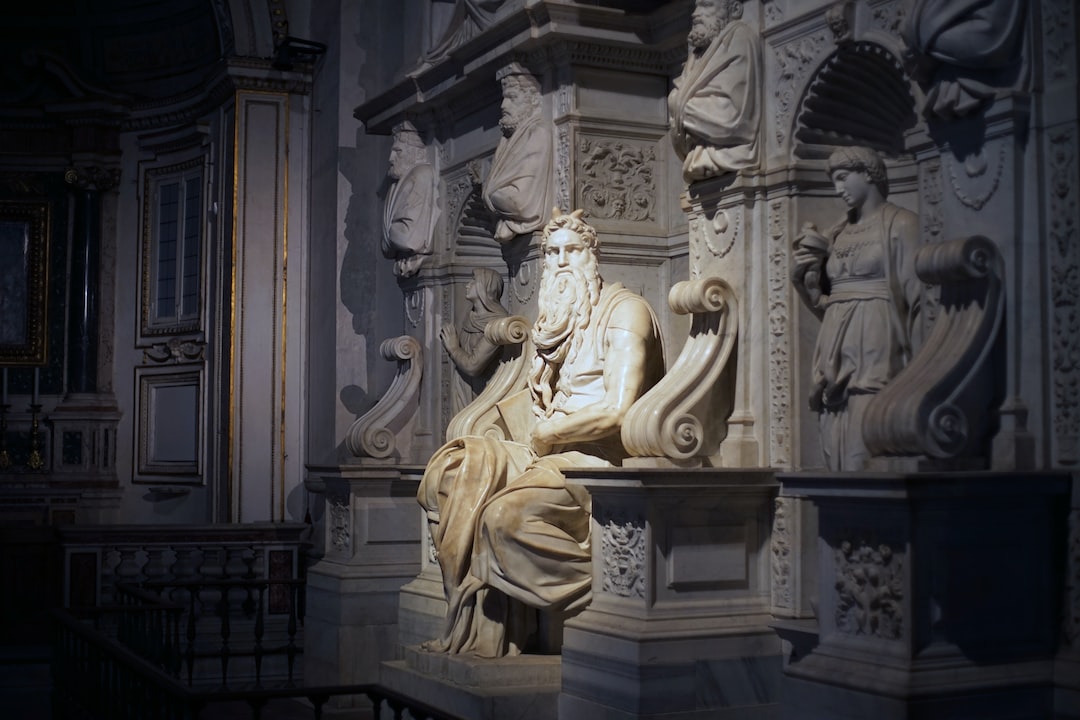The Art of Storytelling: Depicting Narratives through Visual Art
From the ancient cave paintings to the digital illustrations of today, humans have always had an innate desire to tell stories. Storytelling is the oldest form of communication, serving as a way to pass down knowledge, preserve cultural traditions, and express emotions. While the oral and written traditions have played a significant role in storytelling throughout history, visual art has also been utilized to convey narratives in a unique and captivating way. In this blog post, we will explore the art of storytelling through visual art and delve into how artists have ingeniously depicted narratives throughout different artistic movements.
Visual art allows artists to communicate stories visually, without the need for words. Artists use a wide range of techniques, such as composition, color, and symbolism, to create a narrative within a single piece or a series of artworks. This allows viewers to engage with the story on a deeper level, as they can interpret the artwork based on their own experiences and emotions.
One of the most well-known examples of storytelling through visual art can be found in the frescoes of the Sistine Chapel created by the renowned artist Michelangelo. Commissioned by Pope Julius II in the early 16th century, these masterpieces depict scenes from the Book of Genesis. Through intricate details and vivid colors, Michelangelo captures the narratives of creation, the fall of mankind, and the subsequent redemption. Each panel not only tells a specific story but also creates a coherent narrative when viewed as a whole.
Moving forward in time, the birth of the Renaissance brought about a desire to depict more secular narratives alongside religious ones. Artists such as Sandro Botticelli and Leonardo da Vinci began to use visual storytelling to explore human emotions and experiences. Botticelli’s “The Birth of Venus” is a prime example, featuring the goddess emerging from the sea on a seashell. The painting tells a story of beauty, love, and the power of the divine, captivating viewers with its ethereal atmosphere and delicate brushwork.
As art evolved, so did the methods and subject matter of storytelling. The 19th century saw the rise of Romanticism, with artists like Eugene Delacroix seeking to convey intense emotions and grand narratives. Delacroix’s masterpiece, “Liberty Leading the People,” captures the spirit of the French Revolution through its dramatic composition and powerful symbolism. This visual narrative portrays a story of liberty, struggle, and national identity that resonates with viewers even today.
The late 19th and early 20th centuries witnessed the birth of modern art movements that challenged traditional artistic conventions. Artists like Pablo Picasso and Georges Braque embraced Cubism, a movement that fragmented and reshaped reality to depict multiple viewpoints simultaneously. This dramatic shift in artistic style allowed for the exploration of complex narratives through the deconstruction and rearrangement of forms. Picasso’s “Guernica,” a reaction to the Spanish Civil War, tells a harrowing story of human suffering and the horrors of war through fragmented and distorted figures.
In contrast, the Pop Art movement of the 1950s and 1960s utilized imagery from popular culture to comment on society and its values. Artists like Roy Lichtenstein transformed comic book panels into large-scale paintings, creating a visual narrative that critiqued consumerism and mass media. Through bold colors, simple forms, and the use of speech bubbles, these artworks told stories of everyday life and the influence of popular culture on our collective consciousness.
In recent years, digital art and technology have opened up new possibilities for visual storytelling. Artists are now able to create interactive experiences, animation, and immersive installations that take viewers on a multimedia journey. Alex Mayhew’s “Museum of Symmetry” is an incredible example, inviting visitors to enter a virtual world that combines animation, sound, and physical interactions to create a narrative that unfolds as participants explore the space.
The art of storytelling through visual art continues to evolve and captivate audiences worldwide. By tapping into our innate desire for narrative, artists inspire us, connect us with our shared humanity, and allow us to explore new perspectives. Whether it’s through a classical painting, a digital installation, or something in between, visual art has the power to depict narratives in a way that transcends time and language, reminding us of the enduring importance of stories in human culture.

